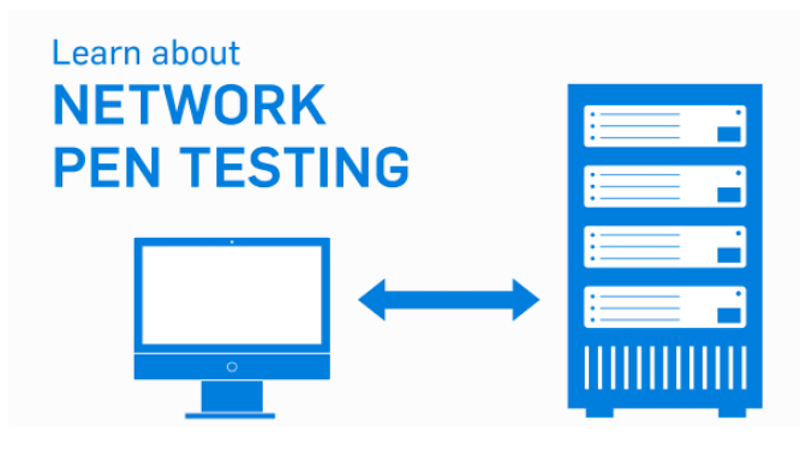
Network Penetration Testing: What, Why, and Benefits
Businesses rely on their networks to store and share confidential information. Networks can be penetrated by malicious actors who are looking to exploit this data for personal gain.
That’s why it’s important for businesses to perform network penetration testing regularly – to identify any vulnerabilities that could be exploited by hackers.
In this article, we will discuss what network penetration testing is, why you need it, and the benefits of performing a network penetration test.
What is Network Penetration Testing?
It is the process of identifying vulnerabilities in network infrastructure by simulating an attack. The goal of a penetration test is to identify any weak points in the security of the network that could be exploited by hackers.
Why do you need Network Penetration Testing? There are many reasons why businesses should perform network penetration testing.
Some of the most important reasons include:
- To identify vulnerabilities that could be exploited by hackers
- To assess the security posture of the network
- To identify any sensitive data that is stored on the network
- To test the security of the network against the real-world threat
Why do you need Network Penetration Testing?
There are many reasons why businesses should perform network penetration testing. Some of the most important reasons include:
- To identify vulnerabilities that could be exploited by hackers
- To assess the security posture of the network
- To identify any sensitive data that is stored on the network
- To test the security of the network against real-world threats
Why do you Need Network Penetration Testing?
Despite the best efforts of businesses to secure their networks, vulnerabilities will inevitably exist.
It sounds basic, but a network penetration test is one of the most valuable steps you can take to maintain the security of your company’s networks.
If you’re lacking in development and have not yet dipped your toes into QA, a network penetration test will give you a close look at how your system is set up, and where it could be vulnerable.
Since there have been significant advances in the field of computer, data, and network security, it is important to test your network regularly, and to know what is being tested. Types of testing include vulnerability scanning and vulnerability assessment.
Manual vs Automated Network Testing
There are two types of network penetration testing, the most basic and more invasive is by a human tester. They perform the process of checking for vulnerabilities manually.
This may include assessing network markup languages, file formats, and basic information gathering skills.
Automated penetration testing is usually performed by computers that will take screenshots of suspicious commands they find should they ever be exploited by an attacker.
The computer program must also identify how any vulnerabilities should be fixed or patched.
Finally, the hacking program must then report to the user any findings that have been discovered or which have not been previously reported.
In simple terms the main difference is only the scope of the testing. With manual penetration testing, these are restricted to the network that has been identified for testing.
Automated penetration tests can be used for many different networks, but usually, focus on working within a certain subnet.
Some penetration tests also use automated tools to detect vulnerabilities and bypass firewalls.
Benefits of Performing a Network Penetration Test?
There are many benefits to performing a network penetration test. Some of the most notable benefits include:
- Identification of vulnerabilities: A network penetration test can identify vulnerabilities in a network that could be exploited by hackers. By fixing these vulnerabilities, businesses can reduce the risk of their data being stolen or compromised.
- Assessment of security posture: A network penetration test can help businesses assess the security posture of their networks and identify any weaknesses. This information will be used to improve the security of the network
- Identification of malicious activity: A network penetration test can help businesses detect malicious activity on their networks, including malware, spyware, and ransomware. By identifying and removing these threats, businesses can improve the security of their networks and protect their data.
- Compliance with regulations: Many regulatory bodies require businesses to perform network penetration tests to ensure that they are taking steps to secure their networks. By performing a network penetration test, businesses can demonstrate that they are taking these security measures and meet the requirements of these regulations.
Final Thoughts
Network penetration testing is an important step in securing your business’s data. By identifying and fixing vulnerabilities in your network, you can reduce the risk of a breach and protect your confidential information.
To learn more about network penetration testing, contact us today.
